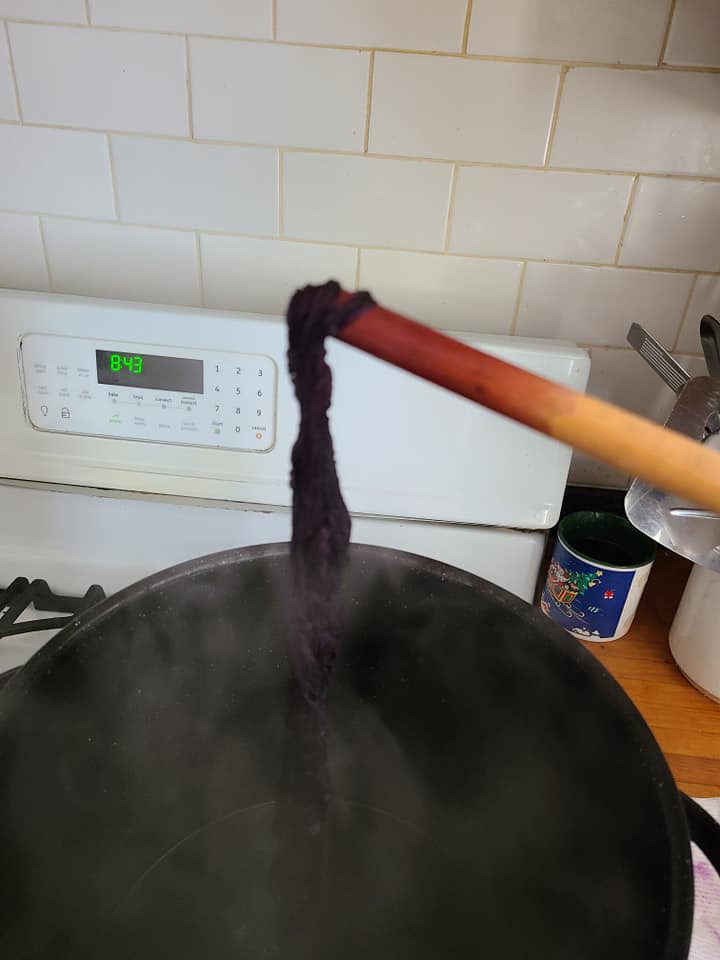The doublet was the mainstay of male clothing for close to 300 years. While the style and construction changed, doublets were a basic clothing requirement for men throughout the 16th century. At the beginning of the Elizabethan age doublets were flat fronted and relatively slim affairs. Beginning in the late 1570’s the peascod belly begins to show up. The peascod featured an exaggerated belly, stuffed with bombast, and extended down below the natural waist. It seems to have reached its most ridiculous proportions at the end of the 1580s and beginning of the 1590s. By the end of the 1590s the peascod has begun to recede, getting smaller and smaller till by the beginning of the Jacobean age (starts in 1603) doublets once again have a flat front with little to no padding. In the period paintings below you can see how the peascod gets smaller the later in the 1590s you get.


The doublet I have chosen to make is of the flat fronted style seen in the last years of the 16th century and the beginning of the 17th. It is created from several layers of materials and is decorated with pinking and slashing. The draft for the doublet was created using the “bara” method, as described in The Modern Maker book series. This system of drafting is based on a Spanish method dating from the end of the 16th century. I have made some minor changes from the Modern Maker draft to incorporate pattern details from the Reigate doublet, which was found walled up by a fireplace in Reigate England. It is thought to date from the first quarter of the 17th century, and is one of the only surviving doublets of the common people known in England. With the logwood dyed linen acting as an interlining the doublet will be slashed and pinked using pinking irons which I forged several years ago. The violet linen will be visible through the cuts in the fustian.
Fustian, what the hell is that? Fustian fabric shows up all the time in the written records of the period, it is a common material used for the creation of all sorts of male and female garments throughout the Tudor period. Fustian, also known as jean cloth, was a fabric made of a linen or worsted wool warp, and cotton or wool weft (Tudor Tailor, pa. 37). It was produced in a wide array of qualities and finishes, the finest being produced in Milan or Naples. In a survey of wills and probate accounts from Essex conducted by Ninya Mikhalia and Jane Malcolm-Davies (the Tudor Tailor), 21 percent of doublets listed were made of fustian. The fustian fabric I have used for this project is sold as a jean cloth for 19th century tailoring. It has a warp of cotton and a weft of wool. While it doesn’t line up exactly with the way jean fustian of the 16th century was probably woven, it is about as close as I have been able to find available today. Fustian of the 16th century was said to have a soft nape (created by the soft wool wool weft, and having the nape raised) and this fabric has that quality, while also having a smooth tight thread in the warp (in this case cotton rather than a linen or worsted wool).
The doublet has layers of melton wool pad stitched to the linen canvas to help support the shoulders and collar. Once the pad stitching on the interlining, and pinking on the fustian were completed, the 2 layers were basted together and then the body pieces were joined with backstitching. The buttonholes turned into a bit of a debacle. I had originally purchased a number of vintage glass buttons which were a fairly close match to ones found in archeological context, however it turned out that the shanks were glued in place and the glue no longer held up. So I had to use different buttons. Thankfully I had also purchased some lovely preproduction glass buttons from Heart of Oak Crafts (support fellow scadians!). These buttons are dead ringers to those found in archeological context, but they are much large than the ones I planned. The buttonholes needed to be correspondingly larger and so I ran out of the silk thread. Friday morning I spent dying a new batch of silk thread with logwood. But back on track now!











Great recovery on the buttons! Plan B looks like it turned out great.